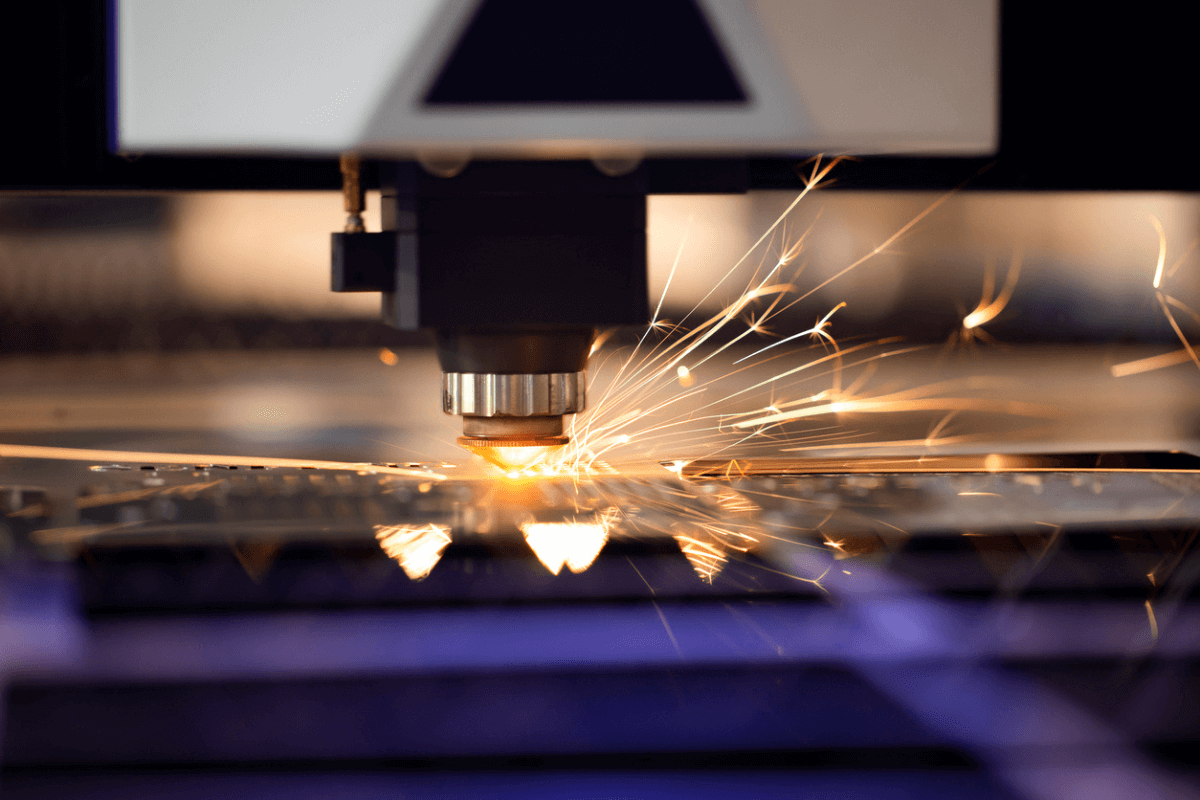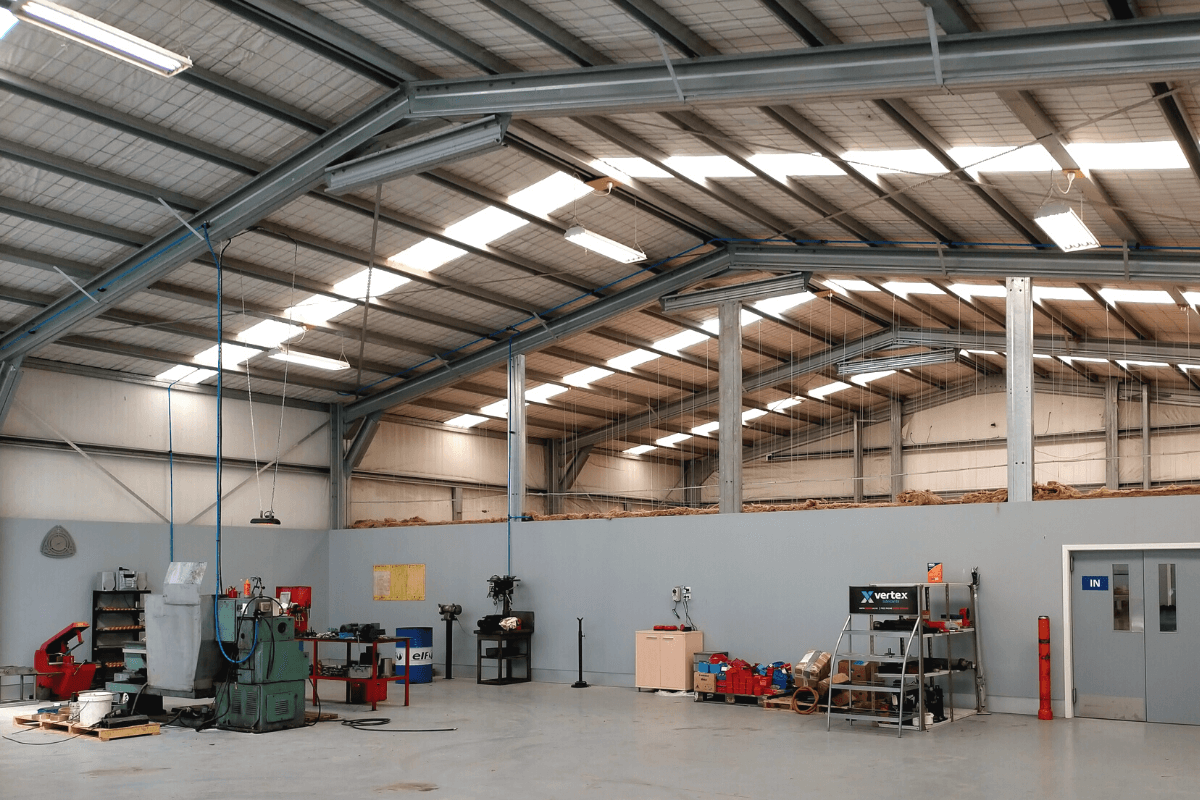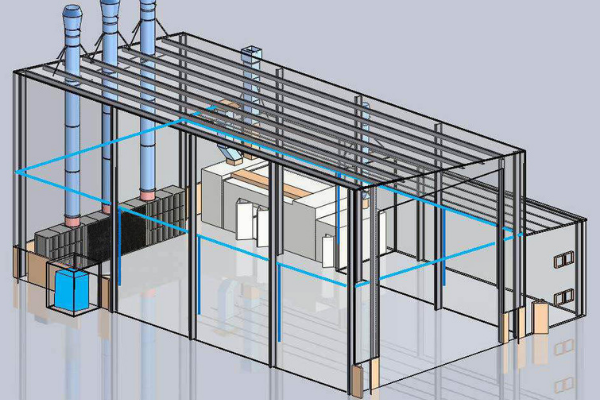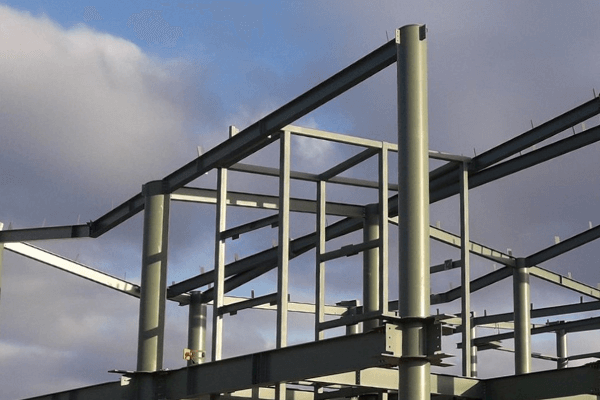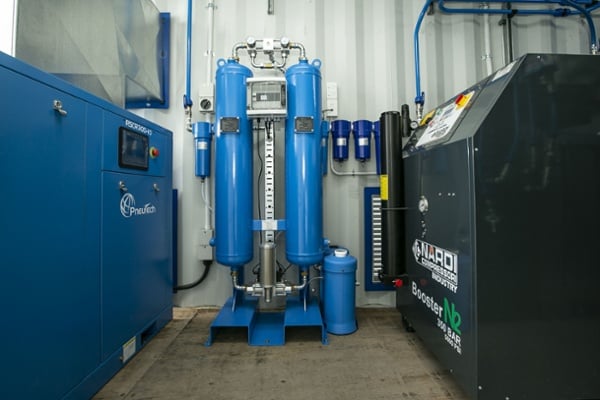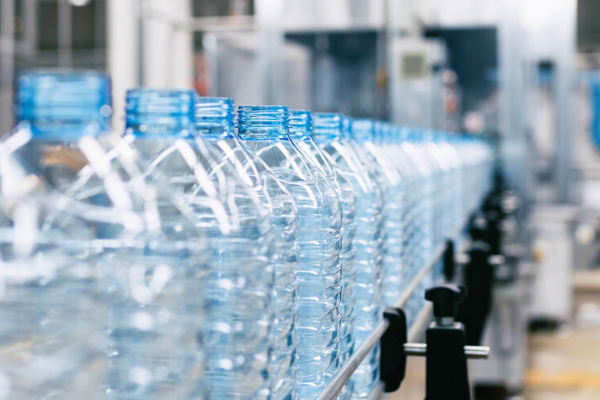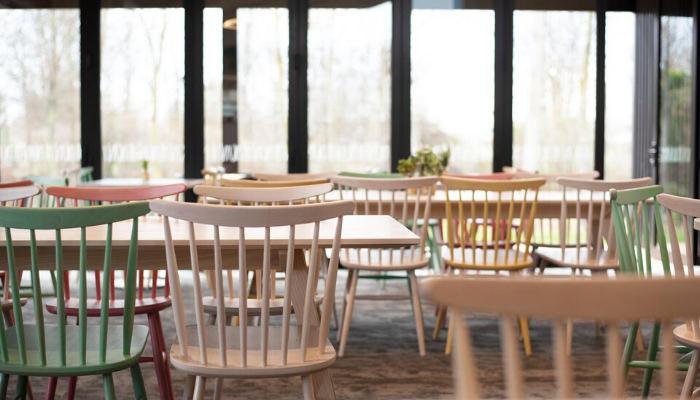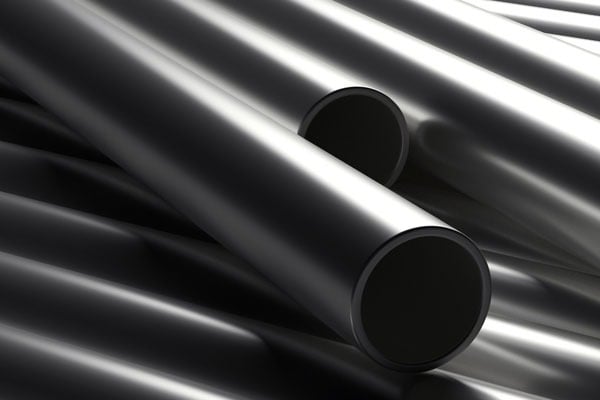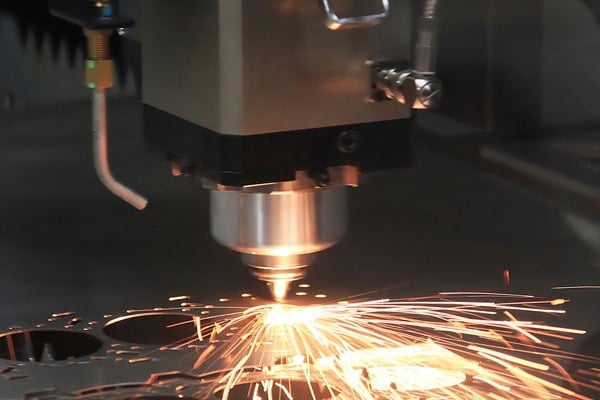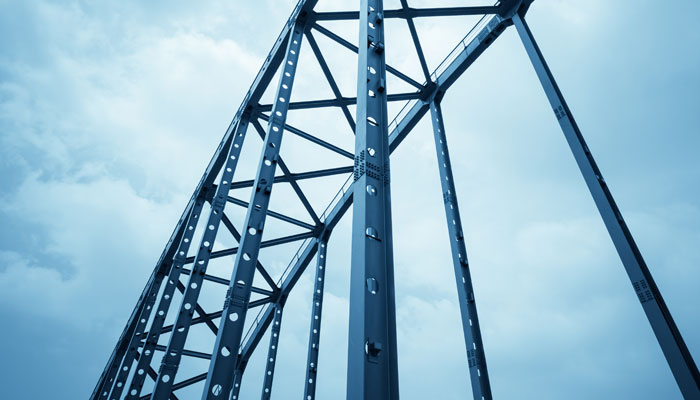Whether through growth or due to expansion into a new market, many industrial and commercial businesses are constructing new facilities across New Zealand. Building a new facility can be a daunting process. From finding the right section to geotechnical soil surveys and selecting a manufacturing partner to construct the actual building, there can be an overwhelming to-do list emerging. The list of consultants alone required for a new commercial building is quite significant.
One of the pieces of the puzzle that needs to be considered is your compressed air needs. Reliant on the new building’s structure and layout, this is something that should be factored in during the design phase of the build to maximise results and increase efficiency. Considering your compressed air system later in the process may create additional challenges and increased costs that could have been avoided had you factored it in during the design stage.
In this article, we will explore some of the key considerations that architects, designers and companies need to remember to make the addition of an industrial compressed air system as pain-free as possible. From choosing the right compressor to your compressed air piping, we will explore each factor.
Choosing the right industrial air compressor
The best starting point for integrating your compressed air needs with your new building is the air compressor or compressors, you intend on using. The type of compressor you use will be heavily dependent on the application it’s driving and could vary from a centrifugal compressor to a variable speed compressor, to anything in-between.
Chances are your new facility will deliver increased production capacity now and in the years to come. The first day in your new facility will likely see your business run at a fraction of the space’s potential capacity and you will need a compressed air system that can scale as you grow. If you’re bringing your old compressors across now is a good time to assess whether they’ll be up to the task.
The main function of the compressor will be key to your business. Here at Industrial Air Systems, we can advise on the best compressed air system for your size and requirements while also keeping in mind your future plans and growth projections to ensure your system can meet future demands.
Air compressor location
The design of your facility may dictate or limit the location of your air compressor(s). If you’re in the early design stages of the new build process then talking with a specialist should help you decide the right location of your compressors. The location of your compressor is important for several reasons, a few of those include:
Accessibility for maintenance
By considering accessibility in the compressor’s location you speed up repairs, reduce downtime and encourage regular servicing and preventative maintenance. It’s likely that several functions within the facility will be dependent on compressed air and the longer those are stood down, for whatever reason, the more your operational capacity is impacted.
Noise reduction
With the exception of our EncloseAir system, most systems generate a standard level of noise for an industrial air compressor when operational. Reducing the auditory levels inside your facility can increase workplace safety and reduce sound-based hazards. Positioned effectively it is possible to reduce the transferable noise from the compressor, without increasing the cost of extending compressed air pipes and making the system inaccessible.
Heat dissipation
Any motor running for extended periods of time generates heat. While our industrial air compressors are designed to dissipate this heat quickly and efficiently this can be hindered by improper local ventilation, close proximity to other heat-generating plant equipment or from being in a confined space. Locating your compressor system effectively can enhance heat dissipation and reduce the risk of downtime.
Compressed air piping routes
The location of your compressor will heavily influence the routes, restrictions and cost for the compressed air piping used to traverse your facility. The air piping in your previous location will likely not be suitable for your new infrastructure as each and every bend the piping route requires alters the loading on the air compressor. Allowing the air to flow in the most direct and efficient route possible is crucial to extending the lifespan of your compressor and ensuring longevity and reliability of service.
Additional compressors
As your business grows so may your compressed air needs. Planning for additional compressor systems, higher capacity compressors and increased compressed air piping in the future will significantly reduce the cost of installation when the time comes to upgrade.
The main purpose of your new facility will be to increase efficiency and output for your business. Enabling your compressed air system to support this will be essential to business growth and enhanced operational capacity in the years to come.
Compressed air piping routes
While the location of the air compressor is very important you must also consider the distance between the compressor and the tools it powers – or should we say the air piping. The further the distance the greater the demand for compressed air piping. The material used, the number of bends required and the final pressure output are all dictated by the route between the compressor and its application.
As industrial air specialists, we have 3D modelling available to help you plan the compressed air piping routes around your new build facility. By factoring in end-point pressure requirements, peak demand and facility design we can assist in mapping your compressed air needs and advising on the best solution available. With this data designers, architects and business owners are better equipped to make key business decisions early in the design phase that may save tens of thousands of dollars down the line.
While we’ve already discussed compressed air piping installation in a previous article the modelling for the system itself is ideally done as early in the design process as possible. If you’re considering a new industrial or commercial building that requires compressed air talk to the team at Industrial Air Systems. We can provide an initial consultation on the challenge and 3D model your ideal solution quickly and efficiently.

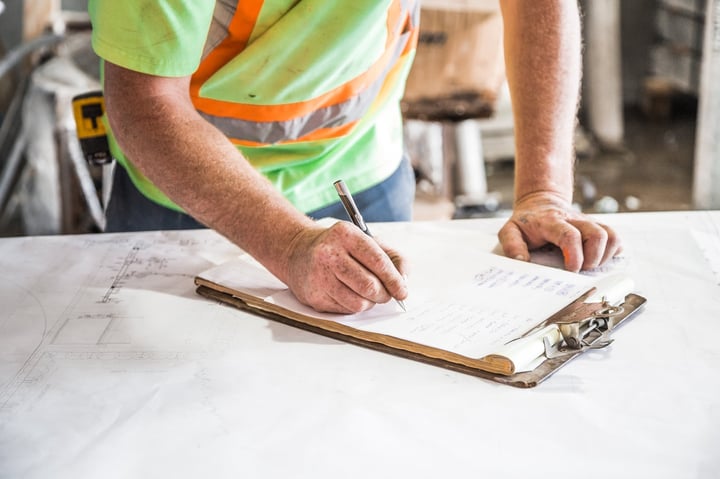


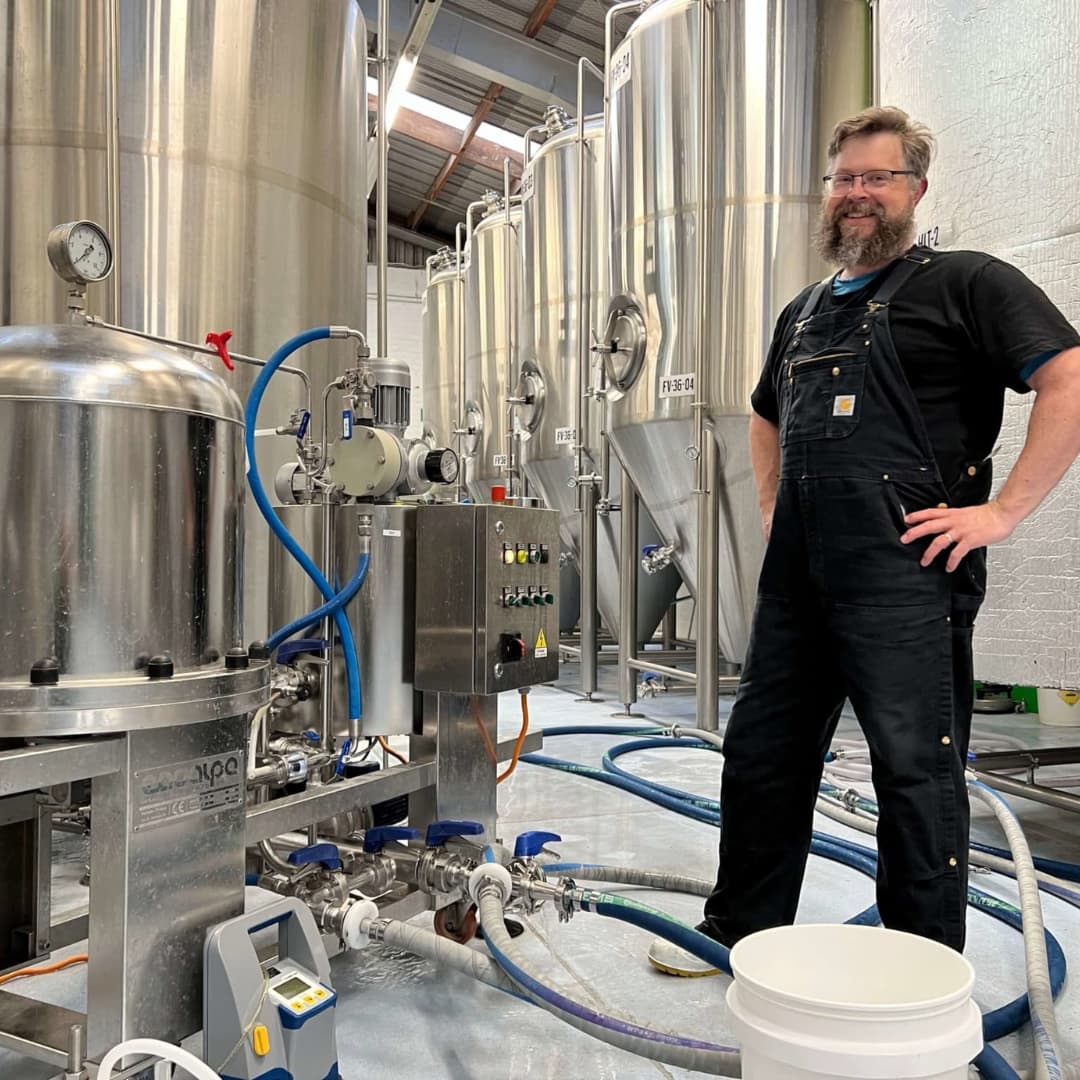
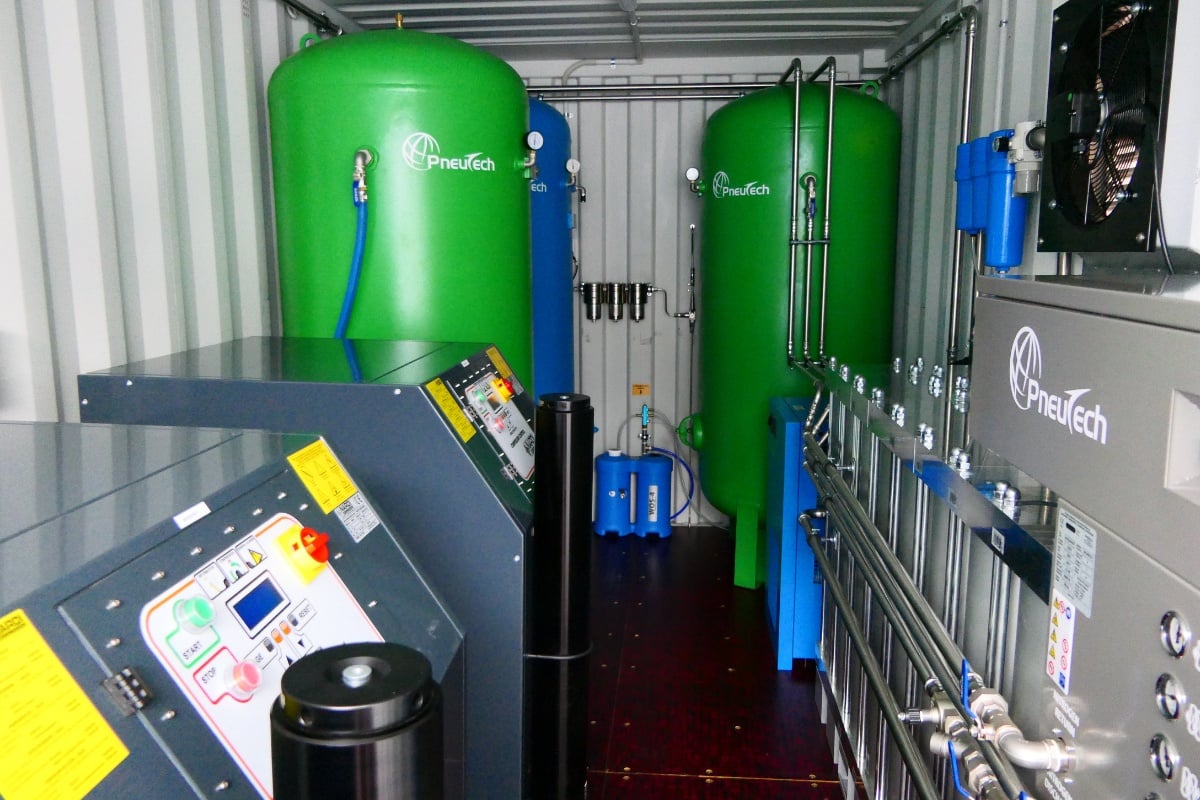
.jpg)


